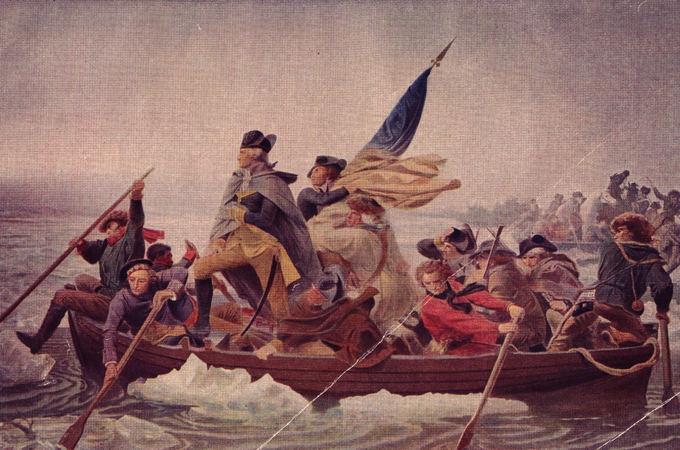From generation to generation, Washington Irving has been a favorite in American Literature. He was credited with being the first to use Gothic themes as well as describe American geography perfectly (4). We must admit that when we read Rip Van Winkle and the Legend of Sleepy Hollow, we get an eerie feeling and begin to realize we are glued to our seats. We bite our nails with each sentence we read and wonder what will happen next. Washington Irving creates this reaction by many important literature elements, such as symbolism. (Both stories are basely found on Dutch culture, which was true since New York was a Dutch colony (6)).
In the classic tale of Rip Van Winkle, symbolism plays a big role. Rip Van Winkle's tale can be divided into two main parts: Pre-Revolution, and Post-Revolution. Irving describes in this story the land before the war and after. He implies that there is a huge comparison which leads Rip, surprised, to know he is in another time. This could symbolize the American’s view on their new home. They are seeing their land through different eyes due to the hard battle they have faced (4). Rip's wife seems to be put into play by another symbol. The irony is that the two are married yet Rip seems to loathe her beyond belief. One could compare this to America's relationship with England before the revolution. Though some colonists were bound to England because it was their homeland, they loathed the taxes and treatment that England gave them. Some fictional symbols are how Rip describes the mountains. He describes them as "far down, deep, wild, and lonely". Rip in the story could be described as this as well as a drunkard who always puts another before his family (1). Rip, upon wakening, also spots an eagle. This symbolizes the freedom that America has gained (5).
Sources:
http://www.123helpme.com/view.asp?id=18848
http://stringacademy.org/sleepyhollow1.htm
http://www.teacherweb.com/SC/BuistAcademy/MargaretGatch/litanalysispaper.pdf
http://www.nbu.bg/webs/amb/students/IKirov.htm
http://www.americangothic.narod.ru/rip.htm
http://www.enotes.com/legend-sleepy-hollow-reference/legend-sleepy-hollow
Video
http://www.youtube.com/watch?v=fWygOBIDBHw&feature=related
Pictures
http://gotham07.cleardev.com/c/files/irving_w1.jpg
http://i1.squidoocdn.com/resize/squidoo_images/-1/lens14111391_1287932563headless-horseman-of-slee
http://www.uccca.com/images/ripVanWinkle.jpg
http://www.wissar.org/images/ARTitle.jpg









